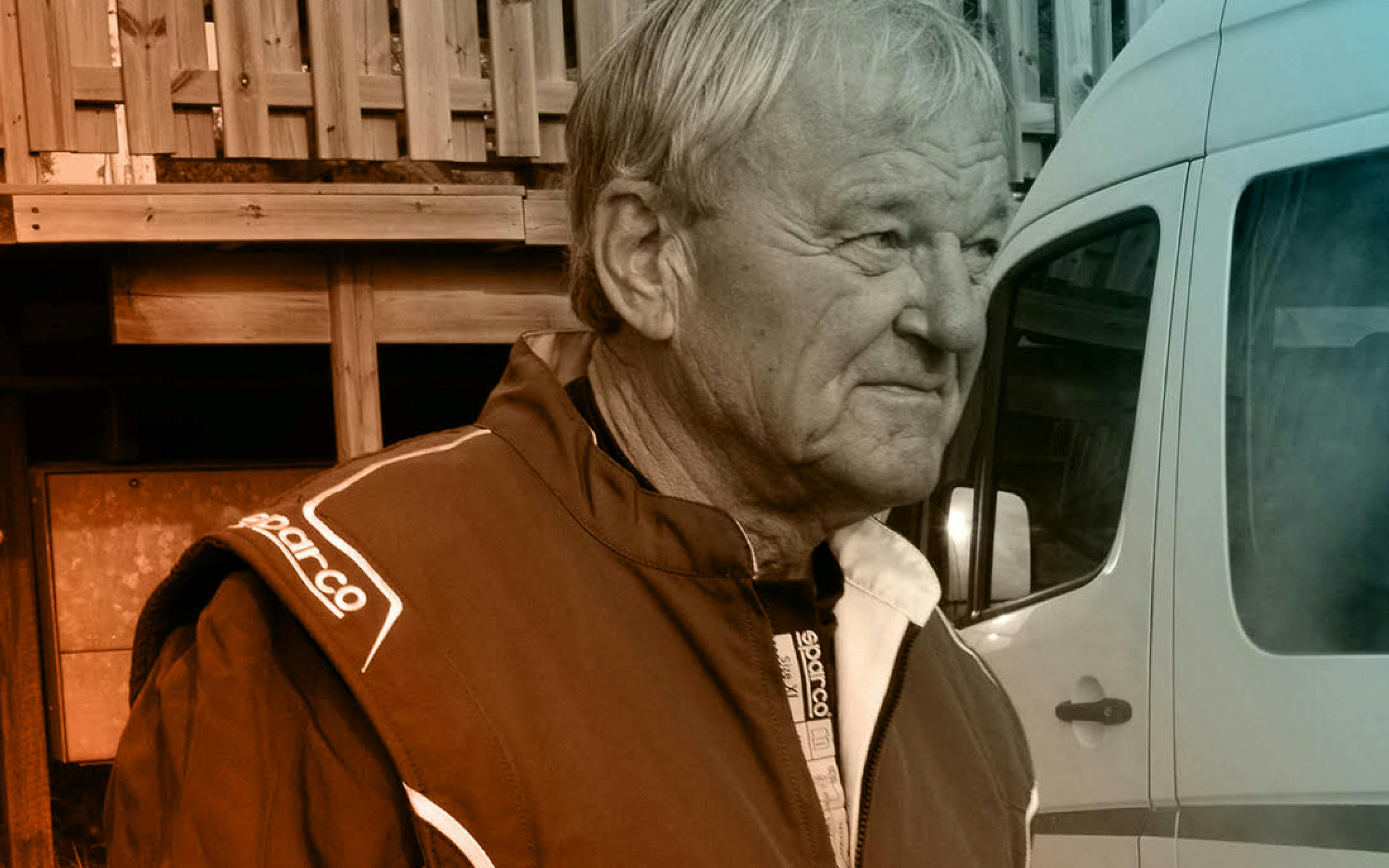This is the unlikely story of a teenage tech nerd in a suburb of Stockholm in the mid 1960s who loved to tinker with motorbikes in his parents’ garage. Already riding motocross in the nearby forest, he was instantly hit by the latest craze from the USA: Go-kart!
He went on to develop and build his own motors that became a major export success... a success that half a century late evolved into light paraglider engines... becoming another hit in the USA... (Phew!)
We got an inspired power chat with Leif Radne, now well into his eighties and still working part-time in the family business Radne Motor.
Hi Leif. What a story, tell us more about it!
When go-kart came to Sweden in the 1960s I and my pals were 16, 17 years old. We already spent a lot of time in the garage, so we started to develop and manufacture our own gokarts, using whatever useful parts he could find. Old steel pipes... wheels from scrapped wheel-barrels... discarded motorbike engines...
Things were much easier in those days, many more people around the neighborhood worked hands-on in local workshops and industries so it was easier to get hold of stuff or get expert advice or a helping hand.
So, go-kart was really a teenager thing?
Well, yes and no, go-kart was the original name of the sport that would soon become known as Formula K, at least here in Sweden. As it became more and more popular, major Italian manufacturers like Komet, Saetta and Parila pushed both performance and costs way beyond reach of most young people.
For kids like us to be part of it, a special class had already been established, called Popular A. The whole idea with Popular A was to make the vehicles easy and cheap to build and maintain. Then, after a couple of years, we started to import own motors that we modified to fit our needs and resources. Initially we did it to work around the official rules and regulations for the youth class, but today nearly all gokart motors adhere to the same principles.
Later we came up with the brilliant idea to use parts from chainsaw motors, and got in touch with a leading Swedish manufacturer, Partner. First, we negotiated to buy rejected but fully functional parts, but with growing demand we could order larger volumes of regular first grade parts.
Around the same time, I started to ponder how one could improve the engine design itself. We decided to design and build our own sand casted crankcase and fan covers, and buy pistons, cylinders, ignition system, and carburetors from Partner. A cool design was imperative, and so was the sound. It could NOT look like or sound like a modified chainsaw.
To make a long story short: A couple of months later I proudly entered the office of the Swedish Automobile Sports Federation with two brand new motors that I presented to the Formula K committee. This resulted in the establishing of two new competition classes for 85 and 100 cm3 respectively. Later, the more robust 85 cm3 version became standard and came to dominate that class for many years. Around the same time we branded the engine Raket, which is Swedish for “rocket”.
First, we sold a lot to the Nordic countries, and after the fall of the Soviet Union our engines became very popular in Russia and the Baltics too. But we also had many buyers as far away as New Zealand.

Photo: Olle Cederquist
And now you make paraglider engines too?!
I would say that the go-kart market peaked around year 2000. Since my son replaced me as CEO we have become more of an e-commerce company, selling both our own and third party products. He already had qualified experience from that sector, and today we are one of Europe’s leading go-kart wholesalers.
We have also developed a small and light motor for paragliders, admittedly a narrower market than go-kart, but we have actually exported them to users in more than 60 countries. They have become very popular in the US where paragliding is rather big.
What’s your own role in the company today?
Radner Motor is still a family-owned company and beside my son and daughter we employ eight more people. Personally, I spend a few hours a day on the premises, doing what needs to be done, like chasing spare parts and materials. I have known all our suppliers for many years which makes things a bit easier. Over the years I have also worked a lot together with others to develop the go-kart sport internationally, and in recent years I have personally been quite involved in environmental issues. We have for example been engaged in the development of a quieter and cleaner motor that meets the strictest environmental standards for industrial motors in the USA.
We have also been actively involved in Sweden’s first championship for all-electric e-gokarts. But most important: I still enjoy it as much as when I was 17, and my work has been my hobby for more than 60 years. So, honestly... retiring? What would I do with all that idle time?
Adapted and translated courtesy of the Royal Automobile Club of Sweden and the KAK Magazine


